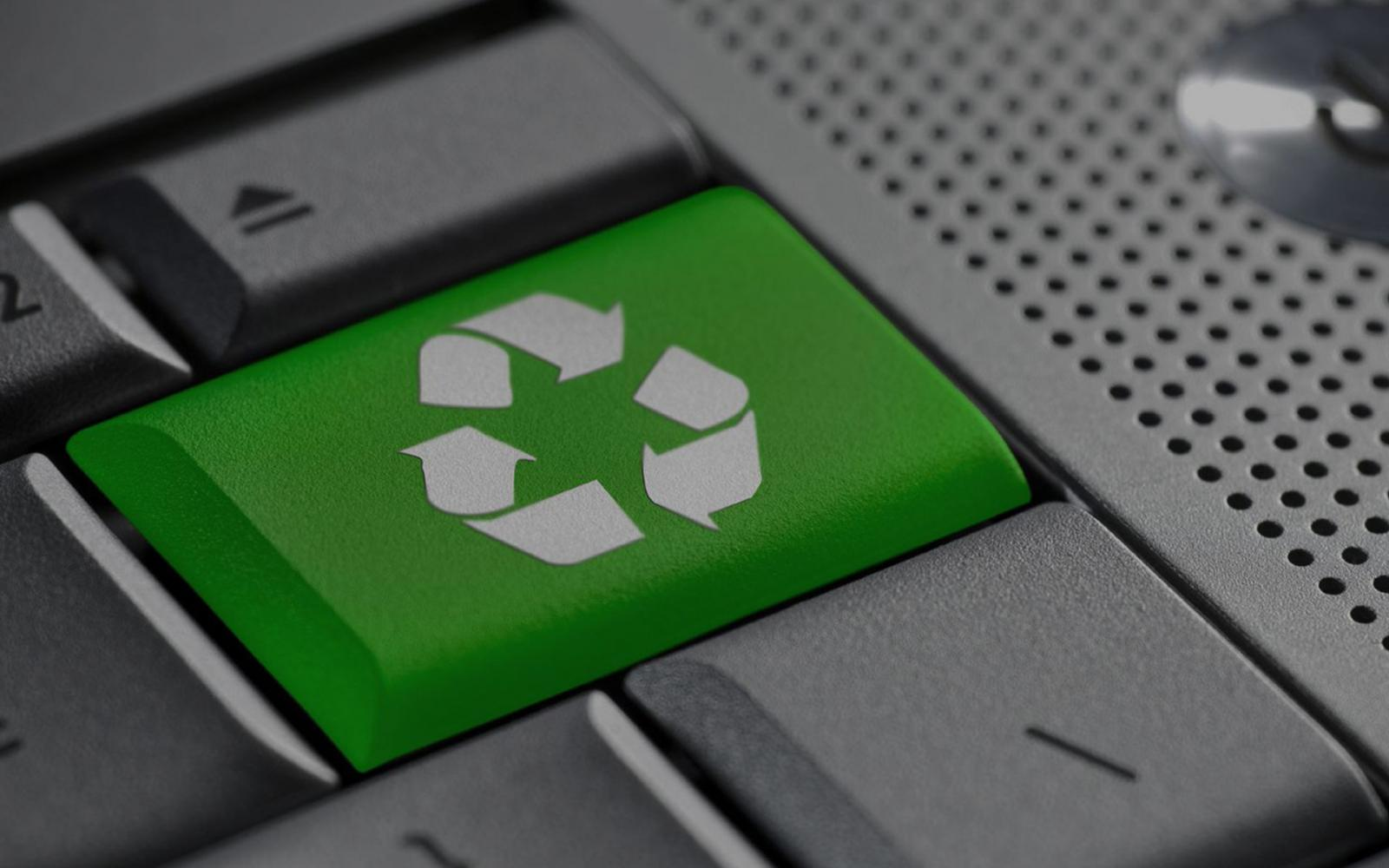A studyconducted jointly by Ademe (French Agency for Ecological Transition) and Arcep in early 2022 had drawn up an inventory of the impact of digital services in France: the main lesson of this study was that manufacturing was the stage of the life cycle with the greatest environmental impact. And the "terminal" part (i.e. our digital devices) is by far the most significant part.
The Ademe undertook to measure the environmental benefits generated by the reconditioning of equipment: a work carried out initially on smartphones.
The benefits of reconditioning
To measure the environmental benefits of refurbishing, Ademe worked with all stakeholders in the sector in France. It has initially focused on smartphones, with further results to come later on other equipment (computers, tablets and game consoles).
Several interesting figures emerge, which are variable averages depending on certain criteria, such as the length of time the product has been in use prior to its reconditioning and the conditions of this reconditioning.
- On average, the purchase of a refurbished smartphone would reduce the annual environmental impact by 77% to 91% compared to a new purchase, depending on the indicators.
- On the "climate change" footprint, in particular, the impact drops by 87%. This choice also avoids the extraction of 82 kg of raw materials and the emission of 23 kg of greenhouse gases over one year per refurbished smartphone (versus new).
- The longer the reconditioned device is used, the greater the savings in materials and greenhouse gases - as long as the reconditioned device is substituted for a new one.
Raphaël Guastavi, Head of the Ecodesign & Recycling Department at Ademe (French Agency for Ecological Transition) reminds that his team did not seek in this study "neither to minimize nor to maximize the environmental benefit, since we took into account cases where key parts such as the screen and the battery were changed: even in these cases and including when new accessories are included in the sale - charger and earphones, which is often the case - the environmental impact remains more than 2 to 4 times less important than in the production of a new equipment. And this, even if the reconditioning is carried out abroad, in Eastern Europe or in China, for example.
Taking into account these elements and the predominant role of the manufacturing phase in the environmental impact of digital technology, concludes Raphaël Guastavi, " it seems essential to limit over-equipment, to extend the life of devices as much as possible, by maintaining them, by having them repaired and by turning to second-hand or reconditioning when changing them, this last option offering guarantees of functioning.
Best practices for optimal reconditioning
Reconditioning is not without its impacts, so it is preferable for consumers to choose products that are locally reconditioned and to avoid reconditioned models that are too recent in order to encourage the logic of extended use.
As far as refurbishers are concerned, several avenues exist to improve the footprint of their practice: try to collect used phones locally, favor second-hand spare parts, propose to the customer not to systematically provide new accessories and deploy repair workshops in France rather than abroad.
It is also a question of professionalizing refurbishing. "First, by offering a quality service approach with good after-sales service to give customers confidence in purchasing reconditioned equipment. Also by optimizing processes, developing innovation, and automating certain tasks in order to achieve economies of scale and, in turn, lower prices to make the price difference between new and refurbished more attractive. Finally, by reducing the energy and water consumption of the refurbishment site, which weighs heavily on its footprint.
Référence :
Linked articles
Evaluation of the environmental impact of digital technology in France: terminals, the main vector of environmental impacts






